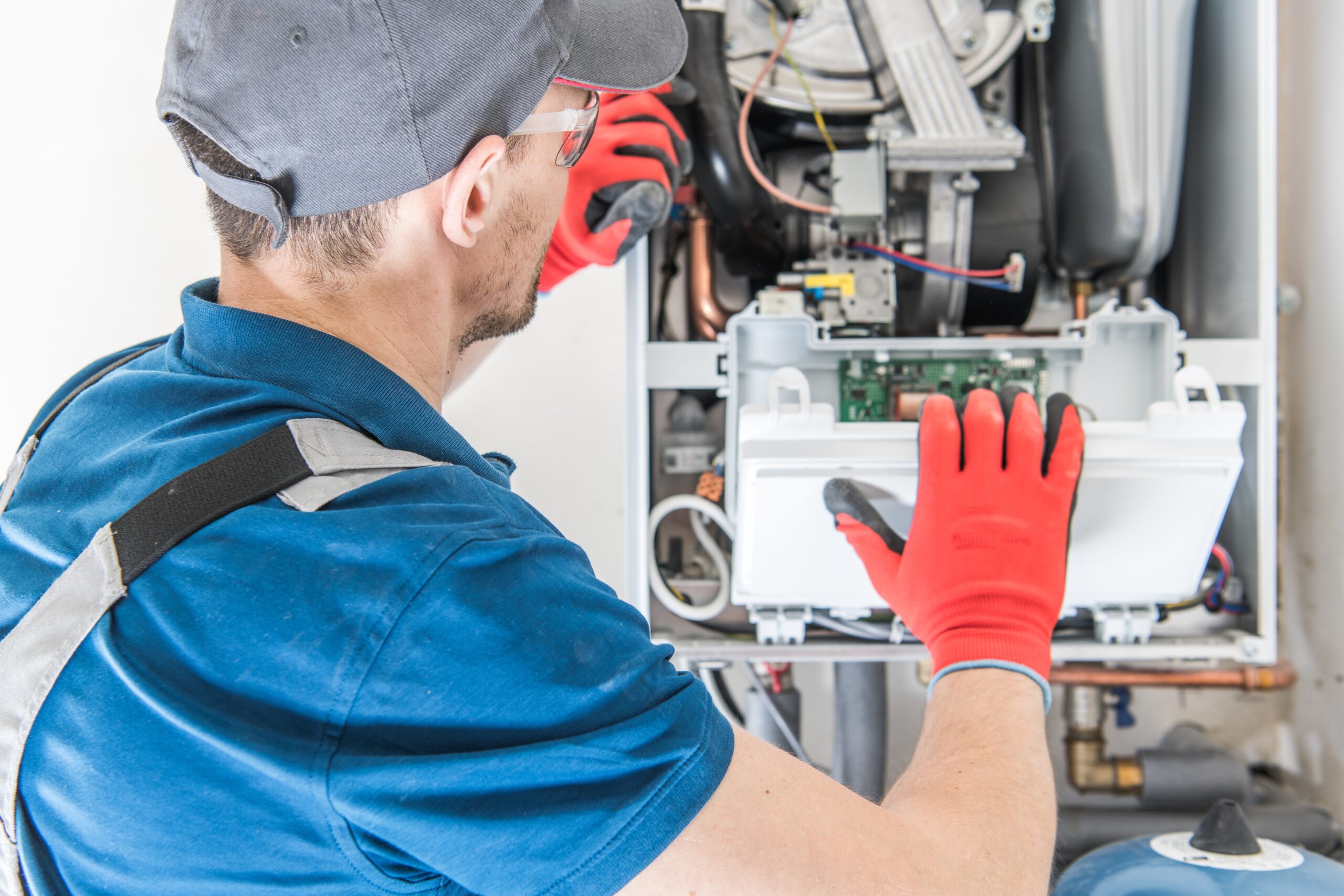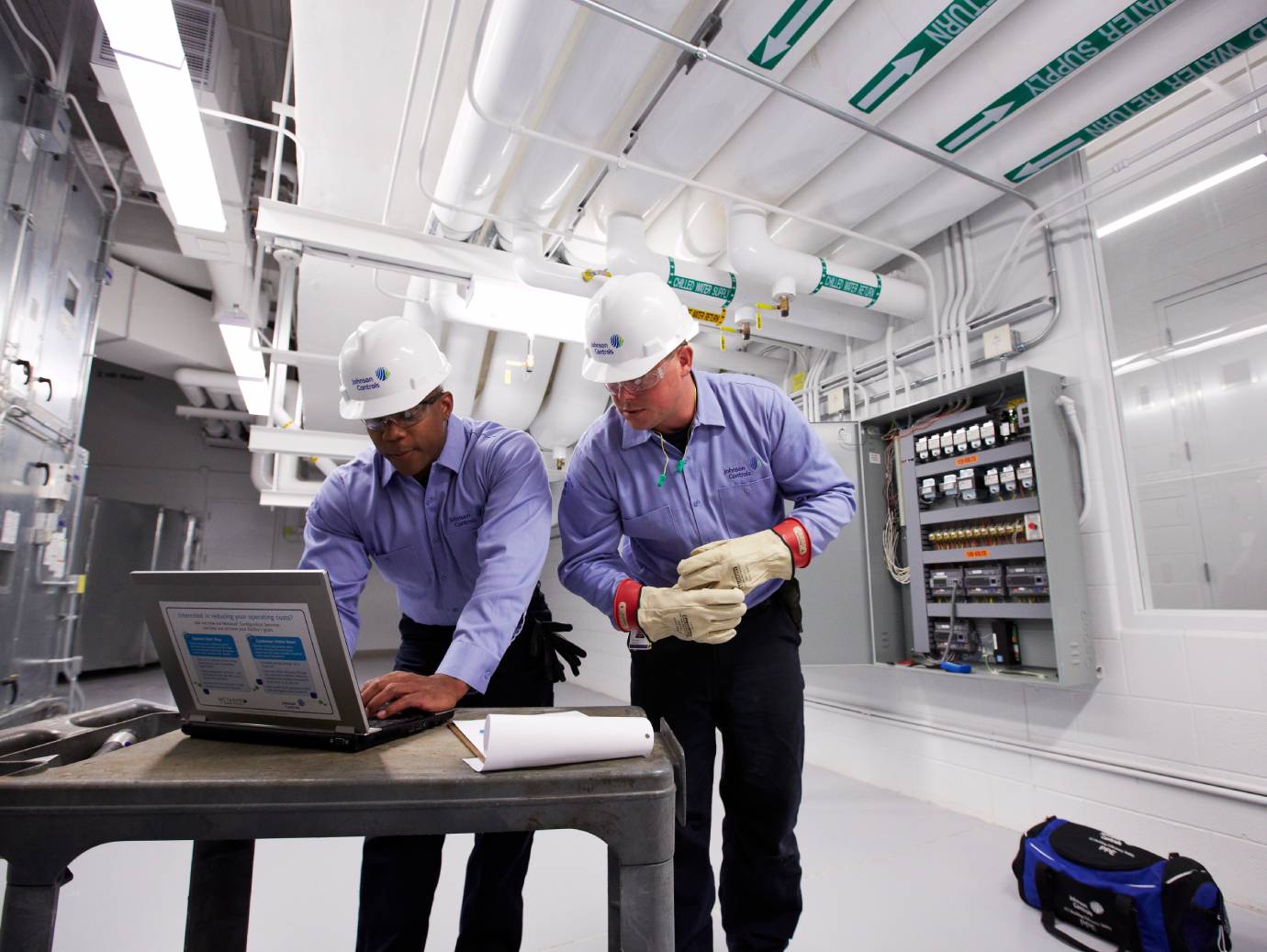Adopting ductless mini splits: A Smart Move for Energy-Efficient Living
Adopting ductless mini splits: A Smart Move for Energy-Efficient Living
Blog Article
How a Warmth Pump and Heating System Interact to Maximize Your Home's Home heating Efficiency
Recognizing exactly how a heatpump and heater collaborate is necessary for house owners seeking efficient heating remedies. Each system has its strengths, supplying a well balanced strategy to home convenience. The heatpump masters modest temperature levels, while the furnace provides rapid warmth throughout severe cold. This synergy not just reduces energy expenses yet additionally improves the life-span of both home appliances. What elements influence this cooperation, and how can property owners optimize their advantages?
Comprehending Warm Pumps: Just How They Work
Several people might be unfamiliar with their internal functions, warmth pumps play a vital role in modern-day heating systems. These tools operate by moving warmth from one place to one more, using the principles of thermodynamics. In colder months, a heat pump removes warm from the outdoors air, ground, or water, and transfers it inside to heat the home. Alternatively, during warmer months, it can turn around the process, functioning as an air conditioning unit by removing warm from inside to the outside.Heat pumps contain an evaporator, compressor, condenser, and expansion shutoff. The refrigerant within the system absorbs heat as it vaporizes at low temperature levels and stress. The compressor after that enhances the pressure and temperature of the cooling agent, allowing it to release warmth as it condenses. This reliable procedure can substantially reduce power intake contrasted to traditional home heating techniques, making warmth pumps a lasting selection for climate control in homes.
The Role of Heating Systems in Home Heating
Heating systems play an important role in home heating by giving a reputable source of warmth during the colder months. They operate by generating warmth through combustion or electric resistance, distributing it throughout the home using air ducts or radiant systems. The efficiency of a heater is frequently gauged by its Yearly Fuel Application Efficiency (AFUE) ranking, which shows how successfully the unit transforms gas right into heat.Furnaces can make use of different power resources, including gas, electrical energy, lp, or oil, allowing home owners to select one of the most suitable option for their requirements. Unlike warmth pumps, which may battle in severe cool, heaters keep constant efficiency, making sure that indoor temperature levels continue to be comfortable despite exterior problems. Additionally, modern heaters commonly come equipped with innovative modern technology, such as variable-speed blowers and smart thermostats, enhancing their effectiveness and responsiveness. This versatility makes heaters an important part in all-inclusive home heating approaches.

Advantages of Utilizing Both Solutions Together
Incorporating the staminas of both furnaces and heatpump can lead to an extra reliable and efficient home heating solution. Using both systems enables house owners to take benefit of the heatpump's energy efficiency during milder temperature levels while counting on the furnace for even more extreme cold problems. This double method can considerably reduce energy expenses, as heatpump take in much less electrical energy than typical home heating methods when temperatures are moderate.Additionally, utilizing both systems with each other can boost convenience degrees in the home. Warmth pumps can provide regular, also home heating, while heating systems can rapidly increase ambient temperatures when needed. The integration of both systems can expand the life expectancy of tools by minimizing wear and tear on each system, as they share the workload. Eventually, home owners can enjoy a well balanced, affordable heating solution that changes perfectly to differing weather, making certain a warm and inviting home throughout the winter months.
How Heat Pumps and Furnaces Complement Each Various Other
They produce a complementary home heating system that makes the most of effectiveness and comfort when property owners incorporate warmth pumps and heaters. Heatpump operate by transferring heat from the outdoors air or ground, making them highly efficient in modest environments. They excel during milder temperatures, offering cost-effective home heating. Conversely, furnaces create warmth via combustion or electric resistance, supplying solid, prompt heat during extreme cool conditions.The combination of these 2 systems allows for vibrant modifications based upon temperature changes. During warmer months or milder winter days, the heatpump can take the lead, saving power and decreasing costs. As temperatures drop, the heater can flawlessly engage, guaranteeing constant warmth throughout the home. This synergy not only optimizes energy usage however also improves the life expectancy of both systems, as each system runs within its perfect efficiency variety. Together, they create a balanced atmosphere that adjusts to differing environment demands.
Optimizing Performance: Tips for Homeowners
Home owners can enhance their home heating performance through numerous practical strategies. Developing a routine upkeep timetable, integrating smart thermostat innovation, and applying reliable insulation and securing solutions are vital steps. These measures not just enhance convenience but likewise lower power costs.
Normal Upkeep Arrange
To assure maximum heating efficiency, establishing a regular maintenance routine is necessary for any type of home. Home owners must prioritize regular assessments of both heat pumps and heating systems to ascertain peak performance. This includes altering air filters every one to 3 months, as blocked filters can substantially minimize efficiency. Furthermore, scheduling professional upkeep a minimum of yearly enables specialists to determine learn this here now and address prospective concerns prior to they rise. House owners should also clean up the heatpump's outdoor unit to stop debris build-up that can hinder air flow. By adhering to a routine upkeep schedule, property owners not only improve their heating unit' effectiveness but additionally prolong their life expectancy, resulting in higher convenience and reduced power costs throughout the cooler months.
Smart Thermostat Combination
Incorporating a smart thermostat right into a home furnace can greatly enhance energy efficiency, especially as it enables specific control over temperature level setups. These gadgets can discover the homeowner's timetable and choices, automatically readjusting the temperature to maximize convenience while lessening power usage. For instance, they can decrease home heating throughout times when the home is unoccupied, lowering unneeded intake. Many smart thermostats also give real-time power use information, enabling house owners to make informed decisions concerning their home heating habits. Additionally, remote gain access to by means of mobile phone applications enables customers to readjust setups from anywhere, guaranteeing the home is warm upon return. Overall, smart thermostat combination not only enhances comfort however significantly contributes to energy cost savings and effectiveness.
Insulation and Securing Solutions
Smart thermostats play an essential duty in power performance, but their performance can be significantly improved by correct insulation and securing remedies. Home owners ought to prioritize protecting attics, wall surfaces, and floorings to minimize warmth loss. Top notch insulation products, such as spray foam or fiberglass, can considerably improve thermal resistance. In addition, securing spaces around doors, air ducts, and windows prevents chilly air seepage and warm retreat. Weatherstripping and caulking are efficient methods for addressing these leaks - heat pump service. Normal examinations for air leakages, together with using blower door tests, can help recognize issue locations. By purchasing insulation and securing, homeowners can optimize the efficiency of their home heating systems, ultimately causing reduced power consumption and reduced energy costs
Typical Misconceptions Regarding Warm Pumps and Furnaces
What false impressions border warm pumps and furnaces? Numerous people erroneously think that heatpump are inadequate in colder environments. In truth, modern warm pumps are developed to run efficiently also in low temperatures, supplying trusted home heating throughout winter months. Another typical misconception is that heaters are always extra efficient than heat pumps. Nonetheless, this depends have a peek at this site upon the details energy sources and effectiveness scores of the units concerned. Some might additionally assume that making use of both systems simultaneously is unnecessary, yet actually, this mix can optimize heating efficiency, especially throughout severe weather. In addition, individuals usually presume that warm pumps require consistent upkeep, when actually, they have similar upkeep requires to typical heating unit. By unmasking these myths, property owners can make even more enlightened decisions concerning their home heating options, inevitably resulting in enhanced comfort and power efficiency in their homes.
Maintenance Factors To Consider for Combined Systems

Frequently Asked Concerns
Can Warm Pumps Work Efficiently in Exceptionally Cold Climates?
Heatpump can battle in very chilly environments as a result of decreased efficiency and warm removal limitations. Improvements in modern technology have actually led to versions developed for far better performance in such conditions, boosting their practicality in extreme environments.
How Long Do Heat Pumps and Furnaces Normally Last?
Heatpump commonly last 15 to twenty years, while heating systems have a life expectancy of 15 to 30 years. Normal upkeep can expand their durability, making sure efficient operation and decreasing the requirement for early substitutes.

What Is the Typical Expense of Setting Up Both Solutions?
The ordinary expense of setting up both a heatpump and a heater typically ranges in between $5,000 to $10,000 - furnace replacement. Factors influencing this price include system dimension, installment complexity, and local labor rates
Exist Tax Obligation Rewards for Making Use Of Energy-Efficient Heating Systems?
Numerous homeowners inquire about tax obligation incentives for energy-efficient heating unit. Numerous government and state programs typically provide credits or rebates, urging the adoption of sustainable modern technologies to minimize power usage and promote environmental responsibility.
Exactly how Do I Select the Right Dimension Heat Pump and Heater?
Picking the best dimension warmth pump and heater entails determining the home's square video, considering insulation high quality, and assessing local climate. Consulting a specialist can ensure perfect system performance and energy performance based upon details demands. ductless mini splits. Understanding how a warmth pump and heater work with each other is essential for house owners seeking efficient heating options. In colder months, a warm pump removes heat from the outside air, ground, or water, and transfers it indoors to heat the living space. When homeowners integrate warm pumps and furnaces, they produce a complementary heating system that makes the most of performance and convenience. Warmth pumps operate by moving warm from the outdoors air or ground, making them highly efficient in moderate environments. Heat pumps can struggle in very chilly environments due to reduced effectiveness and warm extraction limitations
Report this page